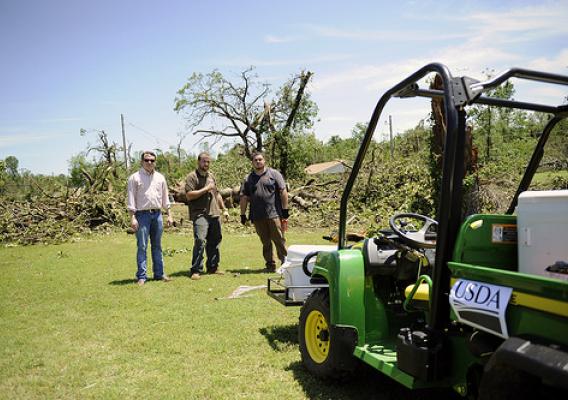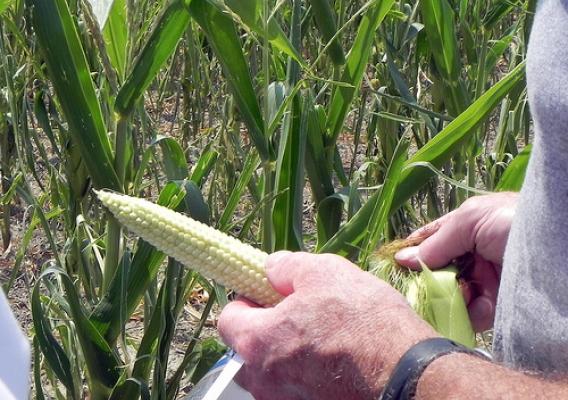Cross posted from DOI News:
California is in the throes of the worst drought in the 160 years during which records have been kept. As a result, the state’s overextended water system is in crisis. All segments of California’s economy— one of the largest in the world—are experiencing the effects of this drought. The economic, social and environmental impacts on agriculture, industry, jobs, communities’ drinking water and the ecosystem will reverberate across the country, and that is why actions need to be taken to address the situation not just in the short term, but also to sustain the state over the long run.
Following two years of dry conditions, on January 17, California Governor Jerry Brown proclaimed a State of Emergency for drought. Subsequently, the Departments of the Interior, Agriculture, and Commerce have committed to helping California prepare for and lessen drought impacts. In addition, as called for in President Obama’s Climate Action Plan, the National Drought Resilience Partnership, which includes the Department of the Interior, Department of Agriculture, Department of Commerce (National Oceanic and Atmospheric Administration), U.S. Army Corps of Engineers, Federal Emergency Management Agency, Environmental Protection Agency, and Department of Energy, will help align federal resources and policies to better support response to drought impacts and build long term sustainability and resilience in California’s water system.






